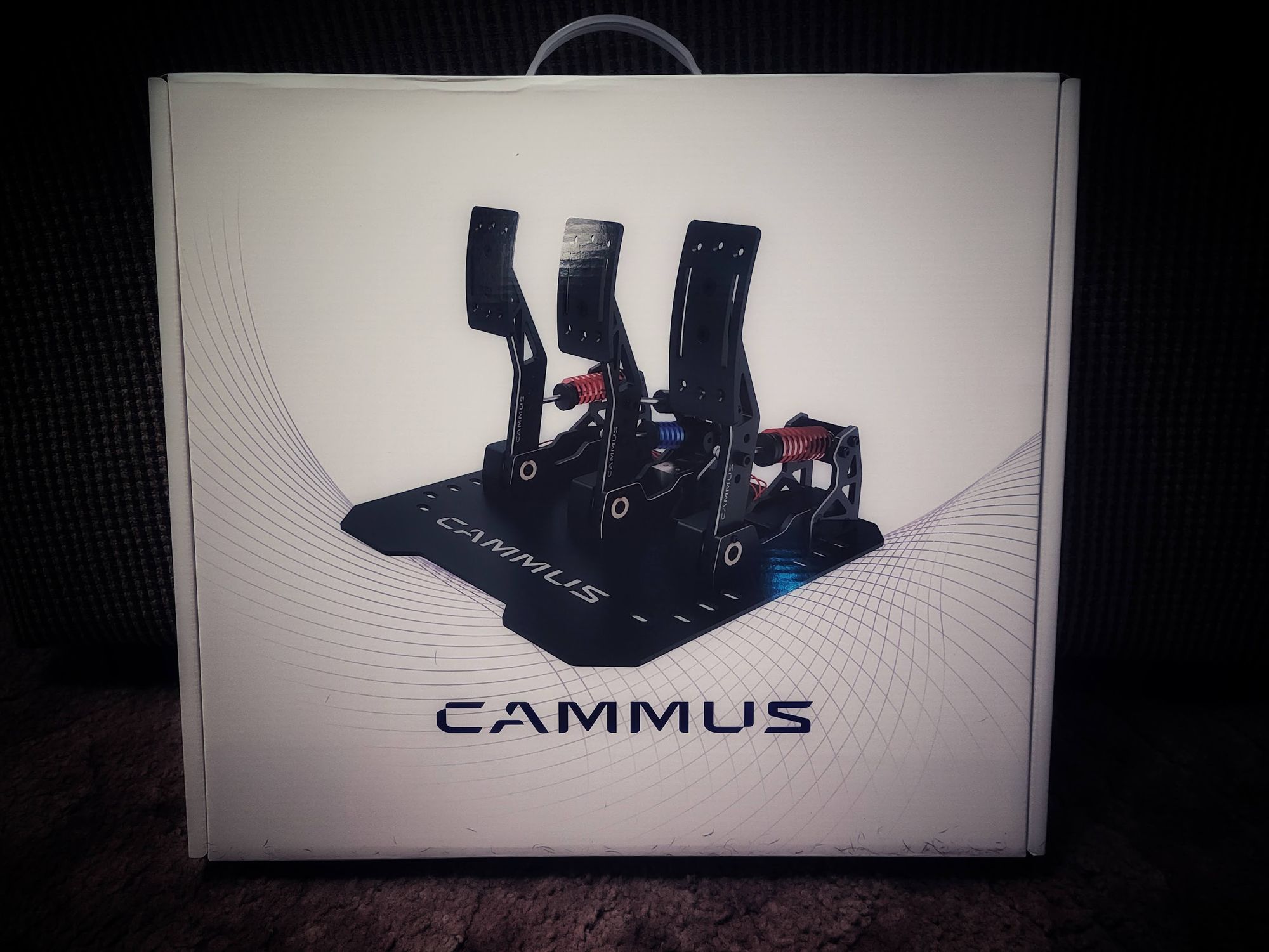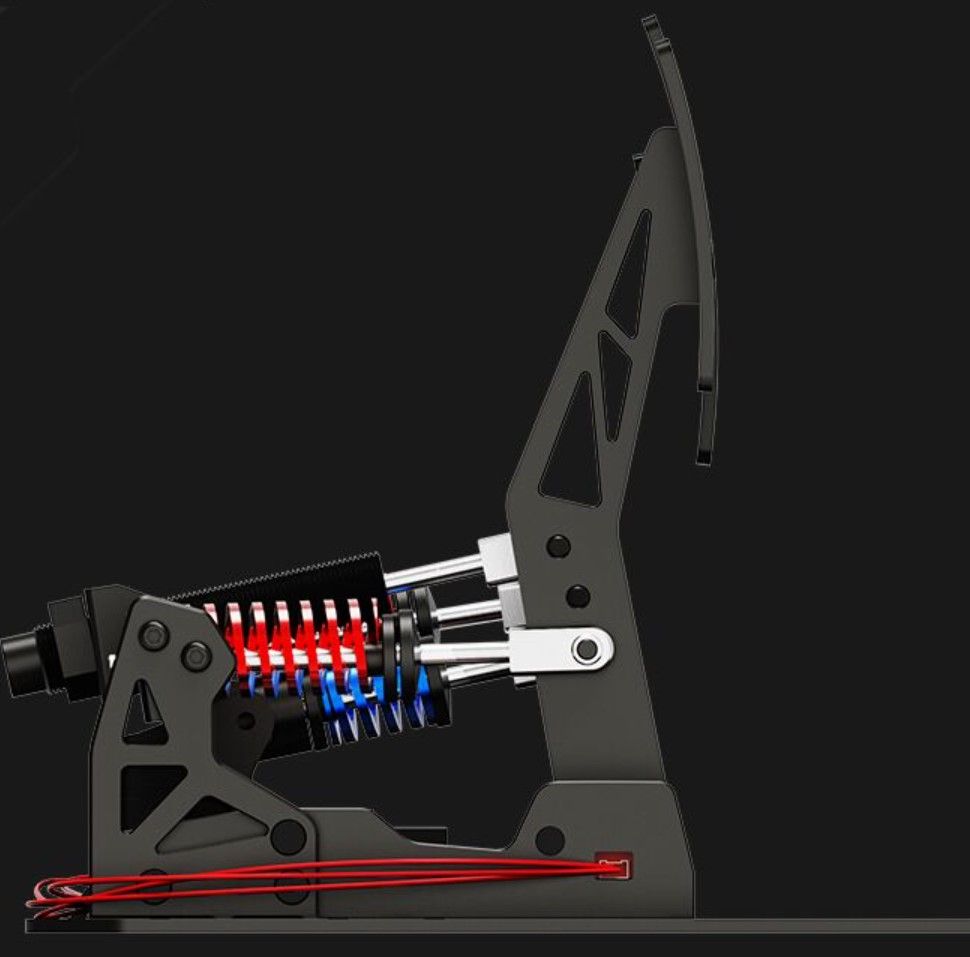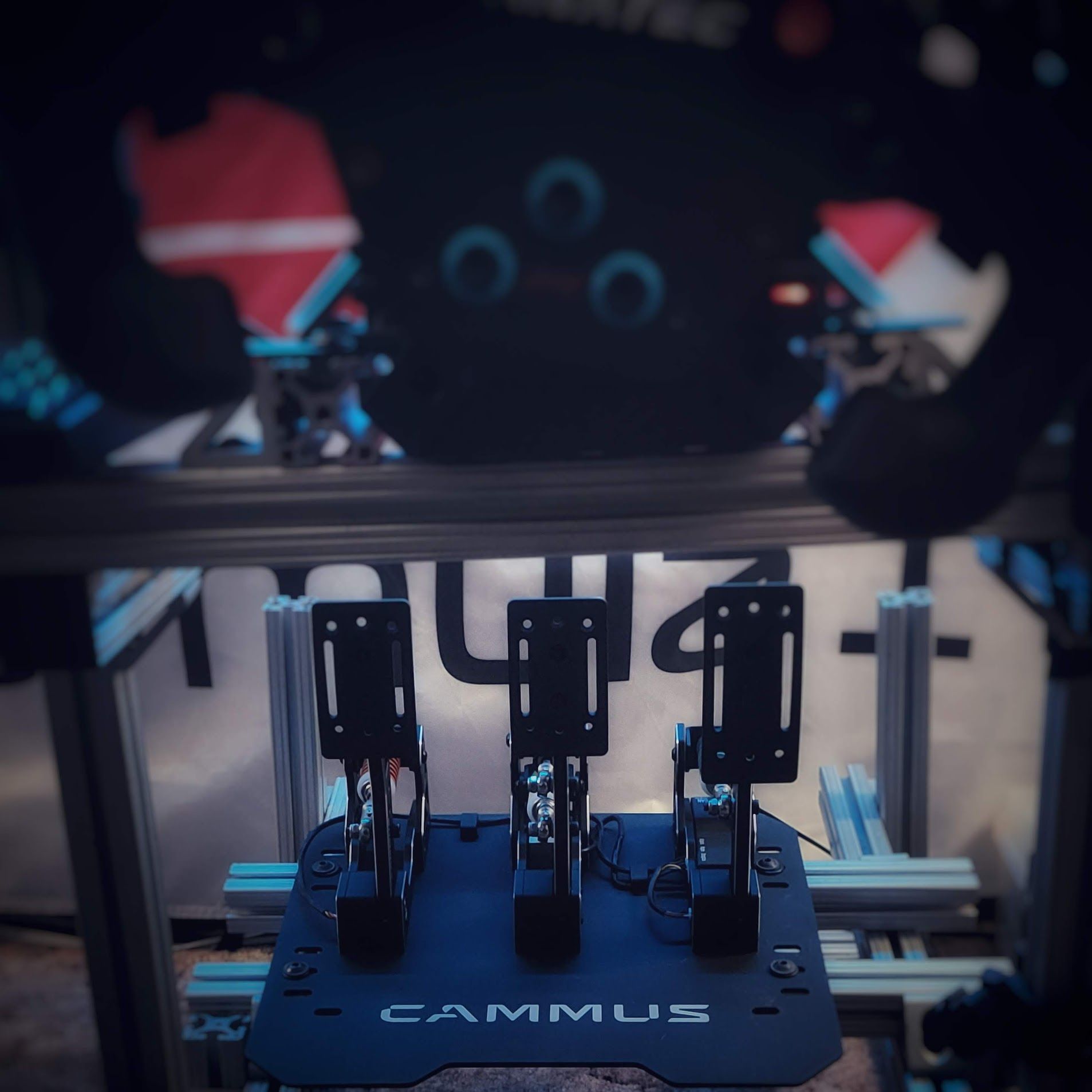Cammus LC100 Load Cell Sim Racing Pedals Review

When it comes to sim racing peripherals the two main inputs are the steering wheel and the pedals. In my sim racing journey the research I did showed that it was best to upgrade to pedals that incorporate load cell brakes as soon as possible as the load cell aspect allows for significantly more accurate and consistent braking when trying to drive on the edge.
However in the expensive world of sim racing accessories a high end set of pedals could run you upwards of $700 just for the pedals set. Fortunately enter Cammus. Cammus has released the LC100 which features a 100kg loadcell brake pedal, as well as a clutch and throttle pedals featuring hall sensors. The LC100 also provides adjustable brake damper, throw and stiffness adjustments. This is all had at a very approachable price compared to the competition.
Unboxing
Upon opening your LC100 you will be presented with 3 individual pedals which will be installed onto the included pedal plate. Unlike some of the competition, Cammus includes a hefty metal pedal plate. This pedal plate has bar shaped mounting holes that allows for precise customization of the placement of the pedals.

Build Quality
The build quality of the pedals themselves is of an all metal design. This provides sturdy pedals that feel as if they are pulled from a real car. They give you a real sense of solidness that will allow you to stomp on the brake without concern of durability.
Setup
Prior to affixing the pedal set onto our rig, the initial step involves attaching the individual pedals to the provided baseplate. The baseplate features horizontal slots, each approximately 20mm in length, allowing for some flexibility in adjusting the pedals' distance from each other. On the pedals, there are two drilled holes on each side, facilitating easy insertion of the supplied screws, which are then secured from the bottom with a lock nut. The base plate was able to be secured to my aluminum profile rig with little effort using T-nuts and a few washers.

Adjustability
Adjustability is a major factor when it comes to pedals. Since everyone has such different preferences the LC100 pedals allow for in depth adjustability to suit almost any driver.
Starting with the clutch and throttle you are able to adjust the spring pre-load stiffness and throw of the pedal. This can be done with a simple twist to allow for quick adjustment. The Preload of the spring is adjustable with a ring on central axis, turning clockwise for firmer feel and vice versa. There are also three holes on the aluminum arm which allows adjustment of central axis height for varied pedal feel. The CAMMUS system further enhances performance with its utilization of hard plastic bushings on the central axis, allowing for regulating pedal travel. However, it's important to note that beyond these adjustments, the pedal angle and footplate height remain fixed, offering a stable foundation for your driving experience although limited.

The brake pedal features two axes and a 100kg load cell. The first axis includes a spring and elastomer, where the spring provides preload and contributes to pedal feel, while the elastomer determines the stiffness of the pedal. The second axis is connected to a damper. The damper's stiffness is adjustable with a rotary knob (8 positions), enabling quick transition between brake feel. Additionally, the travel adjustment of the damper can be made by moving it to adjust pedal travel.
The three pedals connect to a control box which is housed underneath the throttle. This is a resigned and improved part of the LC100 V2 which had originally been required to be mounted separately. The control box connects to your computer via USB type-C. While the base plate provides cable channels to easily and cleanly route the cables.

Software
Cammus provides software that features a small amount of customization. Once installed the software will allow you to adjust the min and max of each pedals input. The calibration process is simple. For each pedal, you select “set min” and “set max.” without touching the pedals, then you click “set min” for all 3 pedals. Then, one by one, you press each pedal and click on the “set max” button. Unfortunately this is the only software customization that Cammus allows at this time.

Using The Pedals
Now that we have setup the pedals and have them mounted securely onto our rig, we can finally get into the actual use and feel. It is not unexpected that adjustments to the default settings of each pedals need to be made. Each person will have different preferences on how they want the pedals to feel.

I did not have to make too many adjustments to the accelerator. The throw is a little longer than my Thrustmaster TLCM pedals were and also required a little bit more pressure. Luckily the throttle allows this to be adjusted very easily by loosening or tightening the spring slightly. The resistance that is felt from the spring allows for precise control of the accelerator pedal.
The brake pedals is arguably the most important pedal in this set while allowing for the most customization to pedal feel. With default settings I found that the throw was longer than I would like and was able to adjust it by tightening the spring a little bit. The damper allows you to adjust the initial pressure it takes to activate the brake. A higher damper setting renders the brake pedal to be very stiff on initial depression whereas a lower damper setting makes it more "squishy" for a lack of better words.

The clutch pedal operates very similarly to the throttle, offering the same adjustments. Again, the throw was longer than my previous TLCM pedals, but for the clutch I welcomed this change. There did not feel much any bite point for the clutch, as the throw was rather linear in its travel.
Conclusion
The Cammus LC100 pedals present a compelling option for sim racers seeking high-quality peripherals without breaking the bank. Offering robust build quality, extensive adjustability, and easy installation, these pedals deliver a driving experience that feels remarkably close to the real thing. Although the software customization is limited, the straightforward calibration process allows for quick setup. From the responsive throttle to the customizable brake feel and linear clutch operation, the LC100 pedals cater to individual preferences, allowing each driver to fine-tune their setup. Whether you're a seasoned veteran or just starting out, the Cammus LC100 pedals provide an accessible yet powerful solution for elevating your sim racing experience to new heights.
This post contains affiliate links. If you use these links to buy something, we may earn a commission. Thanks.